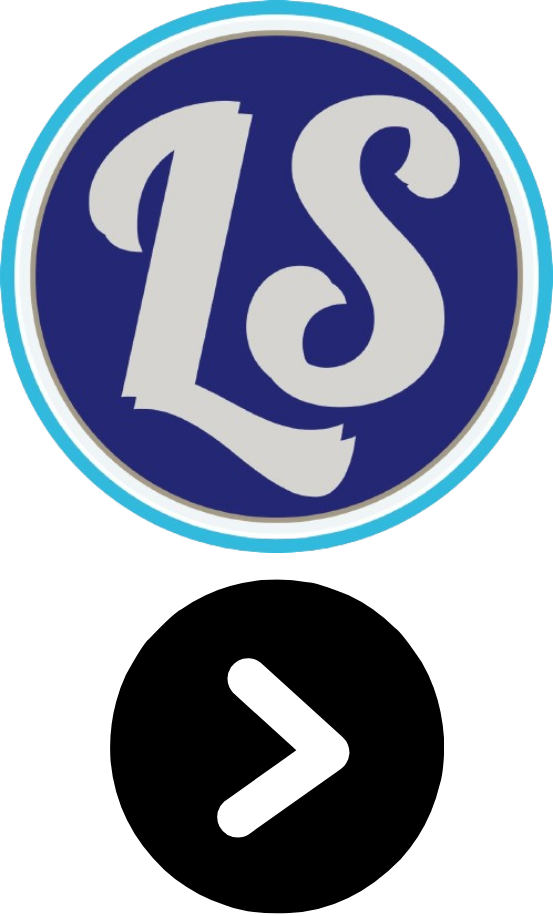| Science NCERT Exemplar Solutions (Class 6th to 10th) | ||||||||||||||
|---|---|---|---|---|---|---|---|---|---|---|---|---|---|---|
| 6th | 7th | 8th | 9th | 10th | ||||||||||
| Science NCERT Exemplar Solutions (Class 11th) | ||||||||||||||
| Physics | Chemistry | Biology | ||||||||||||
| Science NCERT Exemplar Solutions (Class 12th) | ||||||||||||||
| Physics | Chemistry | Biology | ||||||||||||
Chapter 7 Structural Organisation In Animals
Multiple Choice Questions
Question 1. Which one of the following types of cell is involved in making of the inner walls of blood vessels?
a. Cuboidal epithelium
b. Columnar epithelium
c. Squamous epithelium
d. Stratified epithelium
Answer:
Question 2. To which one of the following categories does adipose tissue belong?
a. Epithelial
b. Connective
c. Muscular
d. Neural
Answer:
Question 3. Which one of the following is not a connective tissue?
a. Bone
b. Cartilage
c. Blood
d. Muscles
Answer:
Question 4. Setae help in locomotion in earthworm but are not uniformly present in all the segments. They are present in
a. 1st segment
b. Last segment
c. Clitellar segment
d. 20th - 22nd segment
Answer:
Question 5. Which one of the following statements is true for cockroach?
a. The number of ovarioles in each ovary are ten.
b. The larval stage is called caterpillar
c. Anal styles are absent in females
d. They are ureotelic
Answer:
Question 6. Match the following and choose the correct option
Column I Column II
A. Adipose tissue i. Nose
B. Stratified epithelium ii. Blood
C. Hyaline cartilage iii. Skin
D. Fluid connective tissue iv. Fat storage
Options:
a. A-i, B-ii, C-iii, D-iv
b. A-iv, B-iii, C-i, D-ii
c. A-iii, B-i, C-iv, D-ii
d. A-ii, B-i, C-iv, D-iii
Answer:
Question 7. Match the following and choose the correct option
Column I Column II
A. Hermaphrodite i. Produces blood cells and haemoglobin
B. Direct development ii. Testis and ovary in the same animal
C. Chemoreceptor iii. Larval form absent
D. Blood gland in earthworm iv. Sense of chemical substances
Options:
a. A-ii, B-iii, C-iv, D-i
b. A-iii, B-ii, C-iv, D-i
c. A-i, B-iii, C-ii, D-i
d. A-ii, B-iv, C-iii, D-i
Answer:
Question 8. Match the following with reference to cockroach and choose the correct option
Column I Column II
A. Phallomere i. Chain of developing ova
B. Gonopore ii. Bundles of sperm
C. Spermatophore iii. Opening of the ejaculatory duct
D. Ovarioles iv. The external genitalia
Options:
a. A-iii, B-iv, C-ii, D-i
b. A-iv, B-iii, C-ii, D-i
c. A-iv, B-ii, C-iii, D-i
d. A-ii, B-iv, C-iii, D-i
Answer:
Question 9. Match the following and choose the correct option
Column I Column II
A. Touch i. Nasal epithelium
B. Smell ii. Foramen magnum
C. Cranial nerves iii. Sensory papillae
D. Medulla oblongata iv. Peripheral nervous system
Options:
a. A-iii, B-i, C-ii, D-iv
b. A-ii, B-i, C-iv, D-iii
c. A-iii, B-iv, C-ii, D-i
d. A-iii, B-i, C-iv, D-ii
Answer:
Very Short Answer Questions
Question 1. State the number of segments in earthworm which are covered by a prominent dark band or clitellum.
Answer:
Question 2. Where are sclerites present in cockroach?
Answer:
Question 3. How many times do nymphs moult to reach the adult form of cockroach?
Answer:
Question 4. Identify the sex of a frog in which sound producing vocal sacs are present.
Answer:
Question 5. Name the process by which a tadpole develops into an adult frog.
Answer:
Question 6. What is the scientific term given to earthworm’s body segments?
Answer:
Question 7. A muscle fibre tapers at both ends and does not show striations. Name the muscle fibre.
Answer:
Question 8. Name the different cell junctions found in tissues.
Answer:
Question 9. Give two identifying features of an adult male frog.
Answer:
Question 10. Which mouth part of cockroach is comparable to our tongue?
Answer:
Question 11. The digestive system of frog is made of the following parts. Arrange them in an order beginning from mouth.
Mouth, oesophagus, buccal cavity, stomach, intestine, cloaca, rectum, cloacal aperture
Answer:
Question 12. What is the difference between cutaneous and pulmonary respiration?
Answer:
Question 13. Special venous connection between liver and intestine and between kidney and intestine is found in frog, what are they called?
Answer:
Short Answer Questions
Question 1. Give the location of hepatic caeca in a cockroach. What is their function?
Answer:
Question 2. Frogs are beneficial for mankind, justify the statement.
Answer:
Question 3. The body of sponges does not possess tissue level of organisation though it is made of thousands of cells. Comment.
Answer:
Question 4. Structural organisation in animals attains different levels as cell - organ - organ system. What is missing in this chain? Mention the significance of such an organisation.
Answer:
Question 5. Stratified epithelial cells have limited role in secretion. Justify their role in our skin.
Answer:
Question 6. How does a gap junction facilitate intercellular communication?
Answer:
Question 7. Why are blood, bone and cartilage called connective tissue?
Answer:
Question 8. Why are neurons called excitable cells? Mention special features of the membrane of the neuron?
Answer:
Question 9. Why earthworm is called the friend of farmer?
Answer:
Question 10. How do you distinguish between dorsal and ventral surface of the body of earthworm.
Answer:
Question 11. Correct the wrong statements among the following:
a. In earthworm, a single male genital pore is present.
b. Setae help in locomotion of earthworm.
c. Muscular layer in the body wall of earthworm is made up of only circular muscles.
d. Typhlosole is the part of intestine of earthworm.
Answer:
Question 12. Why nephridia in earthworm that are basically similar in structure classified into three types? Mention the names of each.
Answer:
Question 13. Common name of some animals are given in Column A, write their scientific name in Column B.
Column A Column B
a. Tiger ________________
b. Peacock ________________
c. Housefly ________________
Answer:
Question 14. Complete the following statement :
a. In cockroach grinding of food particle is performed by ____________
b. Malpighian tubules help in removal of ___________________________
c. Hind gut of cockroach is differentiated into ______________________
d. In cockroach blood vessels open into spaces called ______________
Answer:
Question 15. Mention special features of eye in Cockroach.
Answer:
Question 16. Frog is a poikilotherm, exhibits camouflage and undergoes aestivation and hibernation, how are all these beneficial to it?
Answer:
Question 17. Write the functions in brief in column B, appropriate to the structures given in column A.
Column A Column B
a. Nictitating membrane i. __________________________
b. Tympanum ii. __________________________
c. Copulatory pad iii. __________________________
Answer:
Question 18. Write the appropriate type of tissues in column B according to the functions mentioned in column A.
Column A Column B
a. Secretion and absorption i. ____________________
b. Protective covering ii. ____________________
c. Linking and supporting framework iii. ____________________
Answer:
Question 19. Using appropriate examples, differentiate between false and true body segmentation.
Answer:
Question 20. What is special about tissue present in the heart?
Answer:
Long Answer Questions
Question 1. Classify and describe epithelial tissue on the basis of structural modifications of cells.
Answer:
Question 2. Write down the common features of the connective tissue. On the basis of structure and function, differentiate between bones and cartilages.
Answer:
Question 3. Comment upon the gametic exchange in earthworm during mating.
Answer:
Question 4. Explain the digestive system of Cockroach with the help of a labelled sketch.
Answer:
Question 5. Draw a neat and well labelled diagram of male reproductive system of a frog.
Answer:

